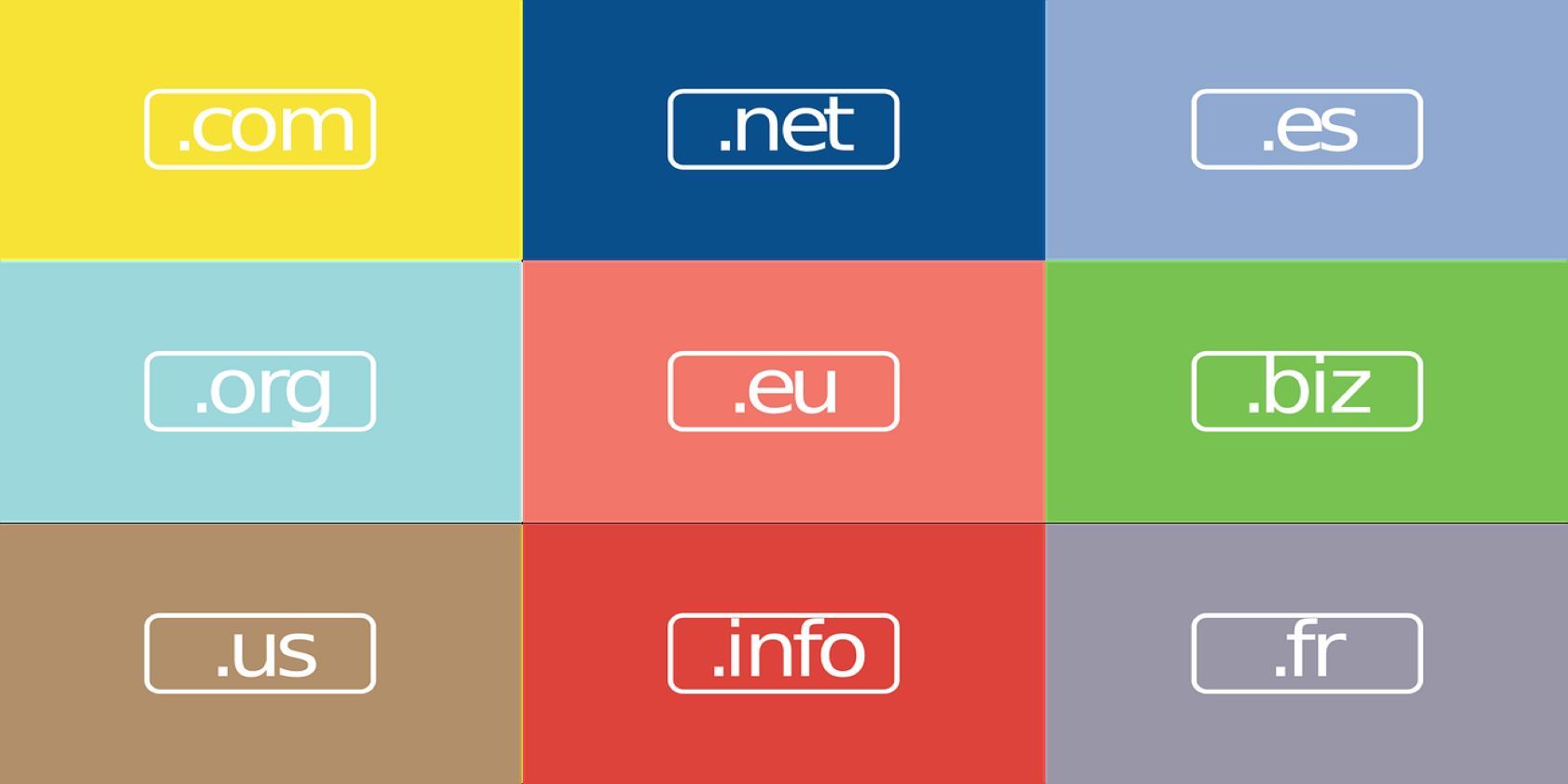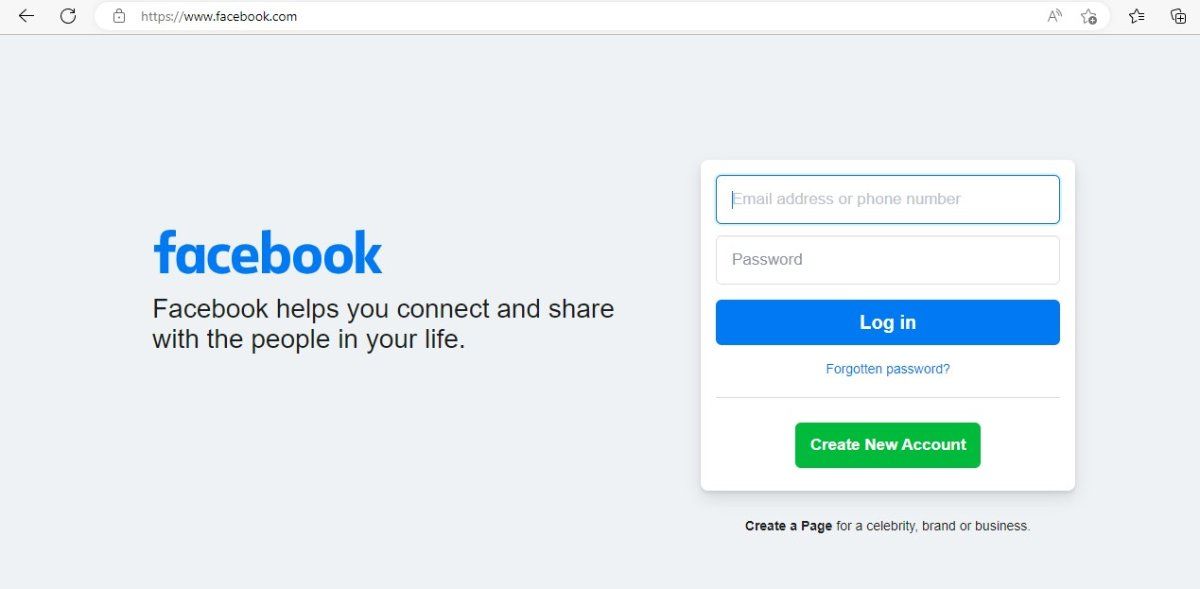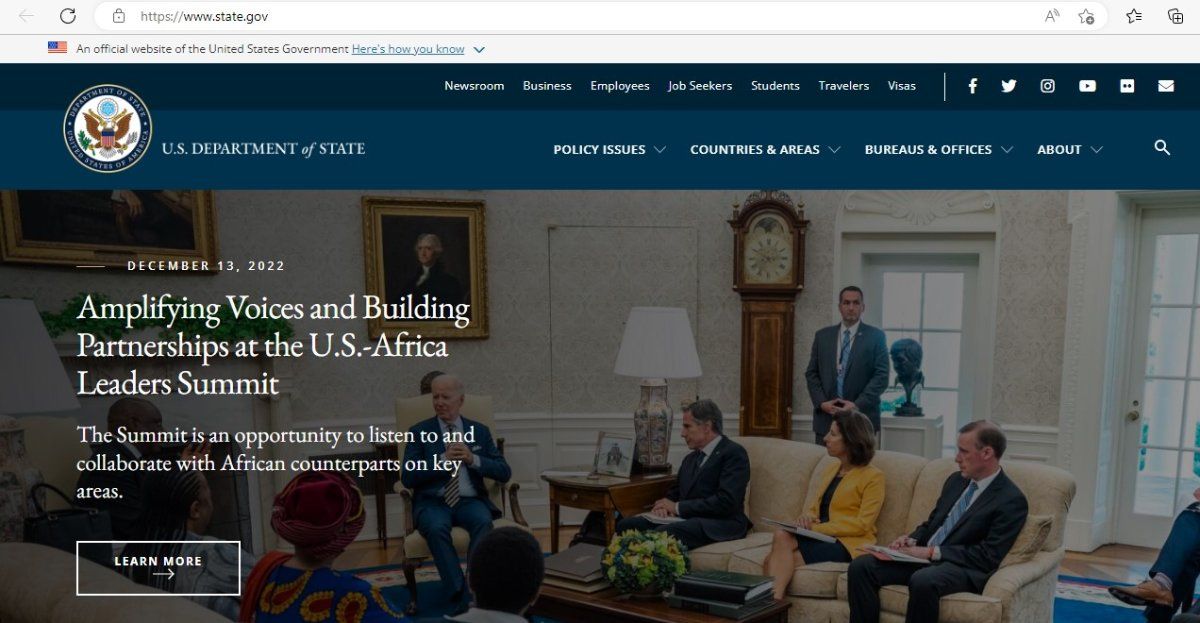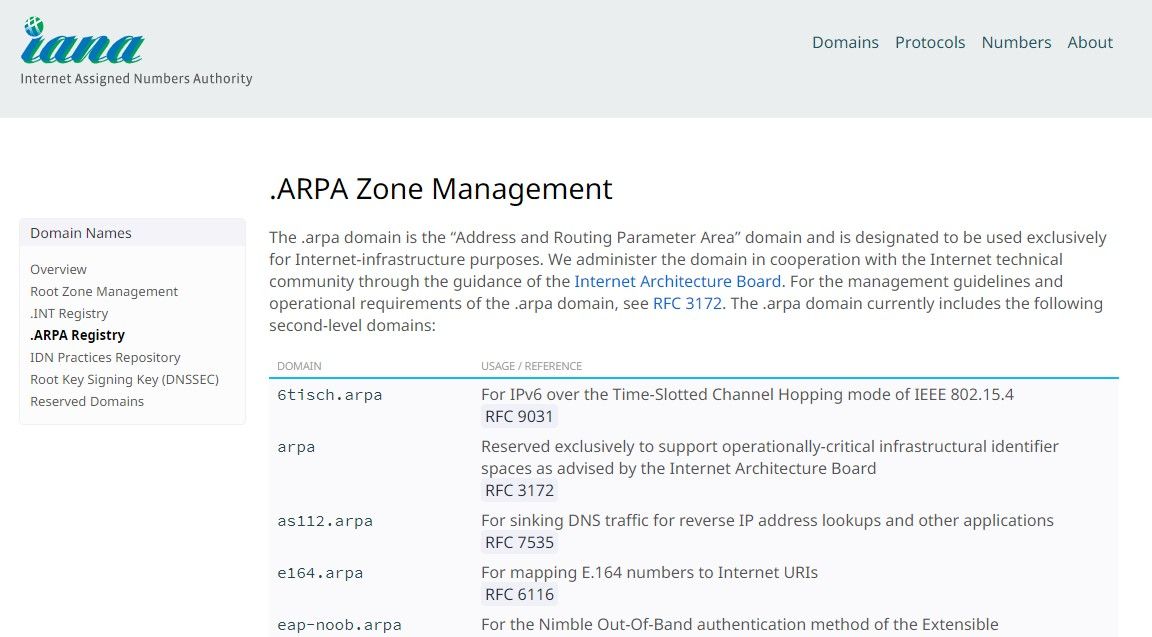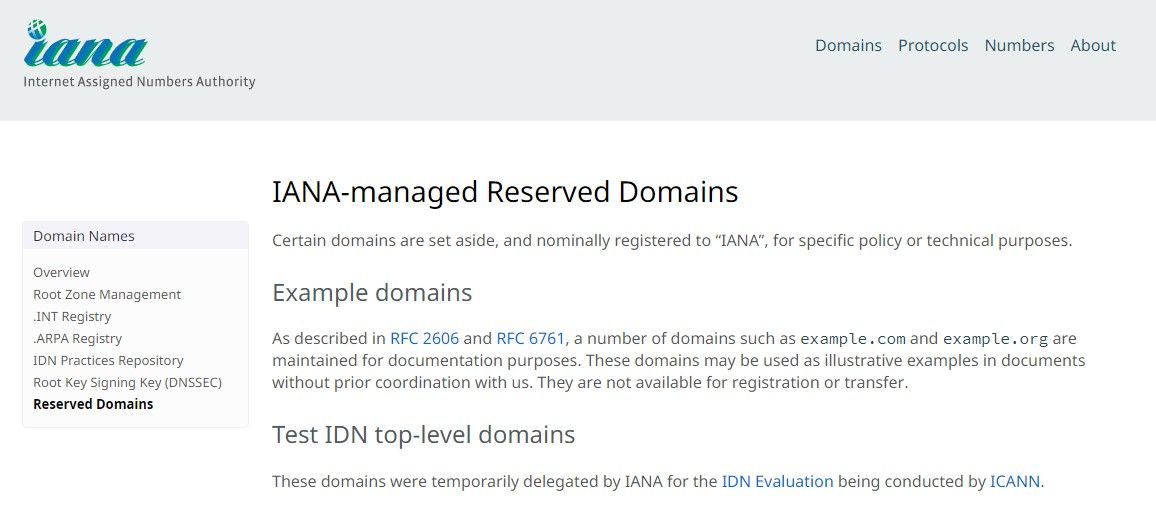The internet is home to websites of millions of businesses and service providers from around the globe, but you also need one to reach the masses online. In general, you need a domain or web address, hosting space, and a design to set up your website.
A website address consists of different elements that are combined to make a complete URL. The top-level domain, or TLD, is one of its most critical elements, without which it is not possible to access a website. So, let’s look at what a top-level domain is, its types, and factors to consider while choosing the TLD for your website.
What Is a Top-Level Domain?
The top-level domain is the last component of the domain that comes after the period. For example, .com, .org, .net, .gov, and many more are the TLDs in a web address. To be more specific, .com is the TLD in www.facebook.com.
TLD can be helpful in categorizing a website according to its purpose, origin, and target audience. For instance, government websites have a .gov TLD worldwide, while organizations and non-profits mostly use .org. So, choosing a TLD that is suitable for your website and its intent is important, as it can greatly affect your site's performance in the long run.
TLD also plays a significant role in the website’s legitimacy. Phishing and malicious sites usually have some uncommon TLDs like .cc, .xx, etc. You’d naturally trust a .org or .com website more than those with an unusual TLD.
What Types of Top-Level Domains Are Available?
To make your choice easier, let’s look at the five TLD types available to you. Understanding these types will help you make an informed decision while choosing the TLD for your website. It’s essential to note that different TLD types open up certain opportunities for your website while also imposing some restrictions.
1. Generic TLD or gTLD
Generic TLDs are the most common TLDs you see on the internet. These TLDs are the oldest, owing to their simplicity and general-purpose usage. Here are some examples of generic TLDs:
- .com for commercial websites
- .net for networks
- .org for organizations
- .info for information platforms
- .biz for businesses
- .club for clubs and societies
- .xyz for generic websites
These TLDs usually have three or more characters. You can freely register these TLDs without any special requirements.
2. Country Code TLD or ccTLD
Country code TLDs are specific to a country. For instance, .us is used for United States-specific sites and .uk for the sites in the United Kingdom. Almost all the countries in the world have their own specific TLDs—312, to be exact.
Naturally, these TLDs help identify a website's origin, usually signifying that the website is for that country’s internal usage. The Internet Corporation for Assigned Names and Numbers, or ICANN, ensures that the website’s ccTLD aligns with its origin.
A similar type is GeoTLD which is used for even more specific locations. For example, .nyc for New York and .tokyo for Tokyo. However, GeoTLDs are usually included in generic TLDs.
3. Sponsored TLD or sTLD
Sponsored TLDs often belong to communities or groups such as private organizations, businesses, or the government. You need to fulfill special requirements to register these TLDs. Here are some examples of sTLDs:
- .edu for educational institutes
- .gov for governments
- .mil for military
- .travel for travel agencies
- .museum for museums
4. Infrastructure TLD or ARPA
Infrastructure TLD is used to manage network infrastructure. It contains only one TLD, .arpa. ARPA stands for Address and Routing Parameter Area, which is managed by ICANN.
5. Test TLD or tTLD
Apart from the above four TLD types, there are some local testing TLDs, too, that are most suitable for documentation. You cannot use these TLDs as your main TLD for your web address. Here are the examples:
- .test for testing
- .localhost for local networks
- .example for placeholder sites
- .invalid for invalid domains
How to Choose a Top-Level Domain
As we have mentioned above, choosing a TLD is critical for your website. It determines your website’s availability, demographic factors, and trust among users. TLDs influence your website’s search engine ranking and are also crucial for your business identity and professional credibility.
The knowledge of TLD types is important in this decision because different types serve different purposes. For instance, if you own a non-profit organization, .org will be more apt for your purpose, helping you reach the right audience. Most of the time, .com TLD is used without prior research, and it ends up being insufficient for your website.
If your website doesn’t belong to a particular location, community, or organization, you’ll be better off going with a widely known generic TLD. It also helps future-proof your business for brand expansion down the line.
Another important factor while choosing TLD is to keep it simple. .com is an obvious option for an easy-to-remember domain name. However, you can also use ccTLDs to remove the country name from the actual name, as it would be obvious from the TLD, making your web address shorter and simpler.
If your website falls under sTLD, the choice is easier. However, it can be a bit confusing if your website belongs to sTLD but also has other aspects, like a blog or a forum. In that case, you have to decide whether an sTLD would be appropriate or a generic one might fit your requirements better.
If you plan to make your website in multiple languages, you can go for ccTLDs for each language. However, expanding the scope this way would definitely increase the cost of your project.
In case you are planning on launching a global social media company like Facebook, you might want to buy your domain with multiple TLDs to prevent competitors from copying your project by using the same name. Though, this security will cost you a lot of extra money.
Make an Informed Decision for Your Domain
Consider the points we have shared above before you make the final decision. Understand the pros and cons of each TLD type and clearly define your website's intent. Both of these aspects are equally important in making the right decision.

